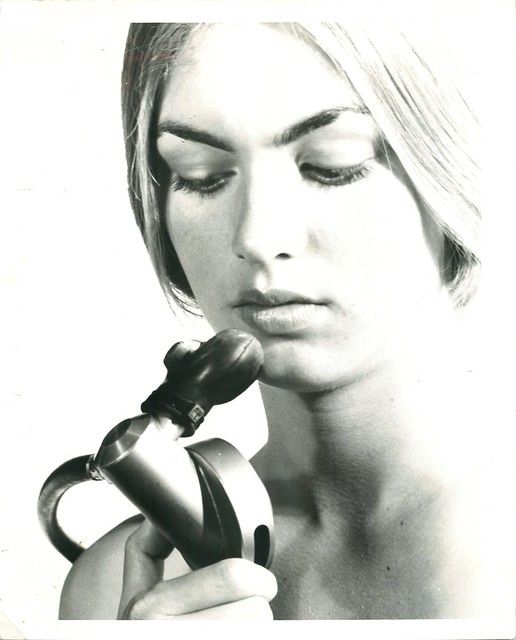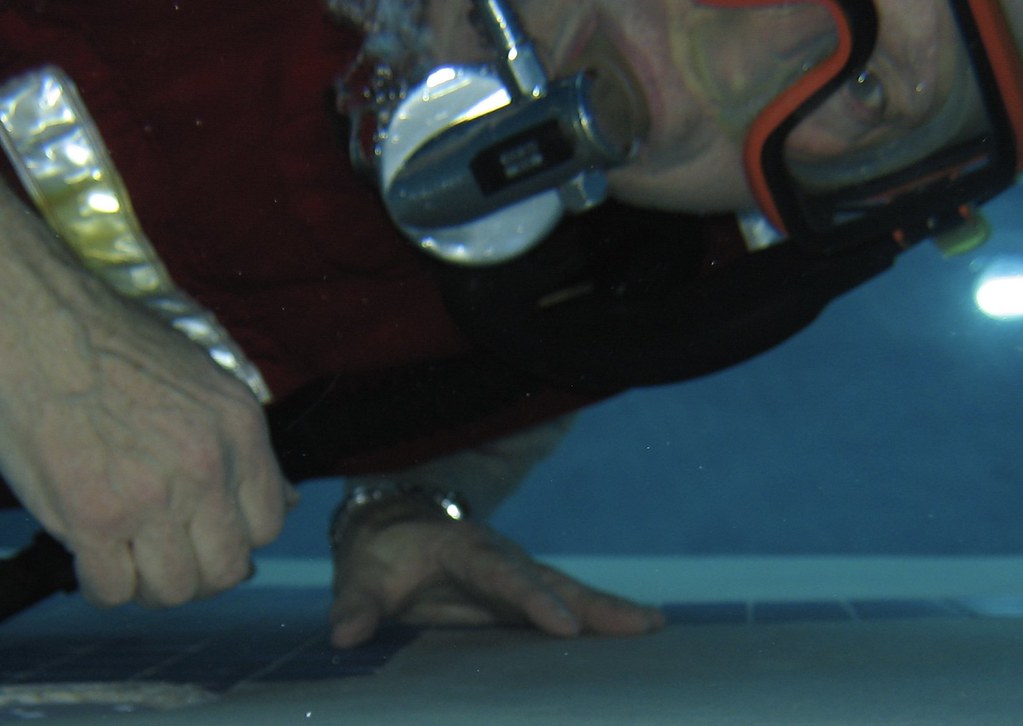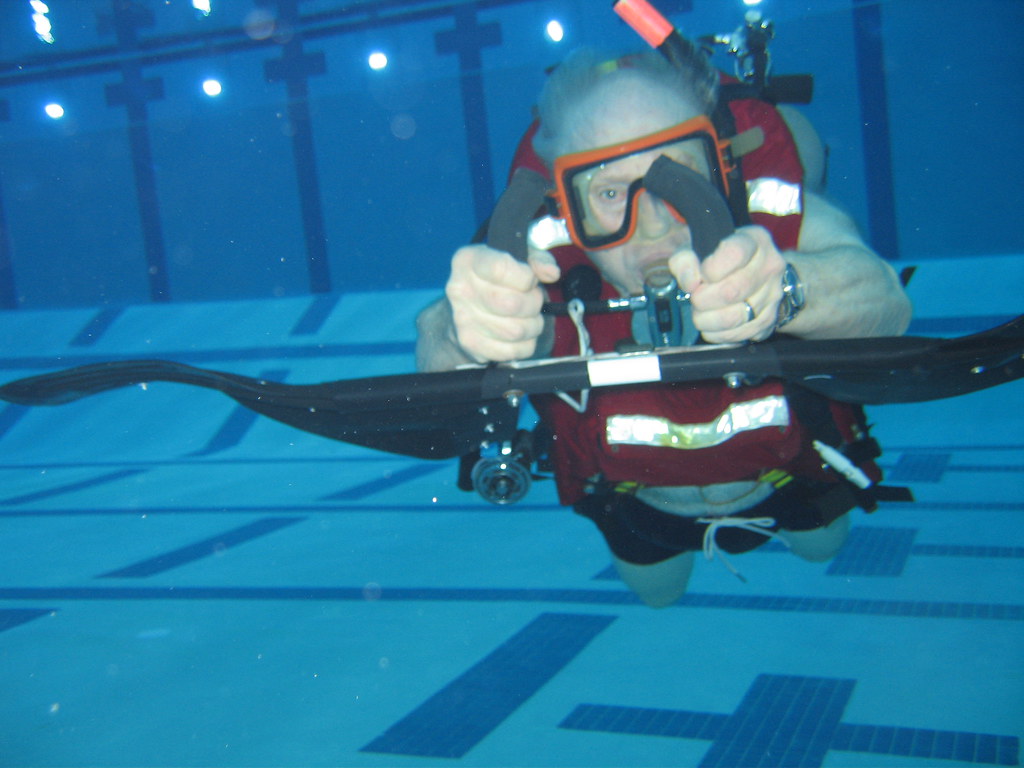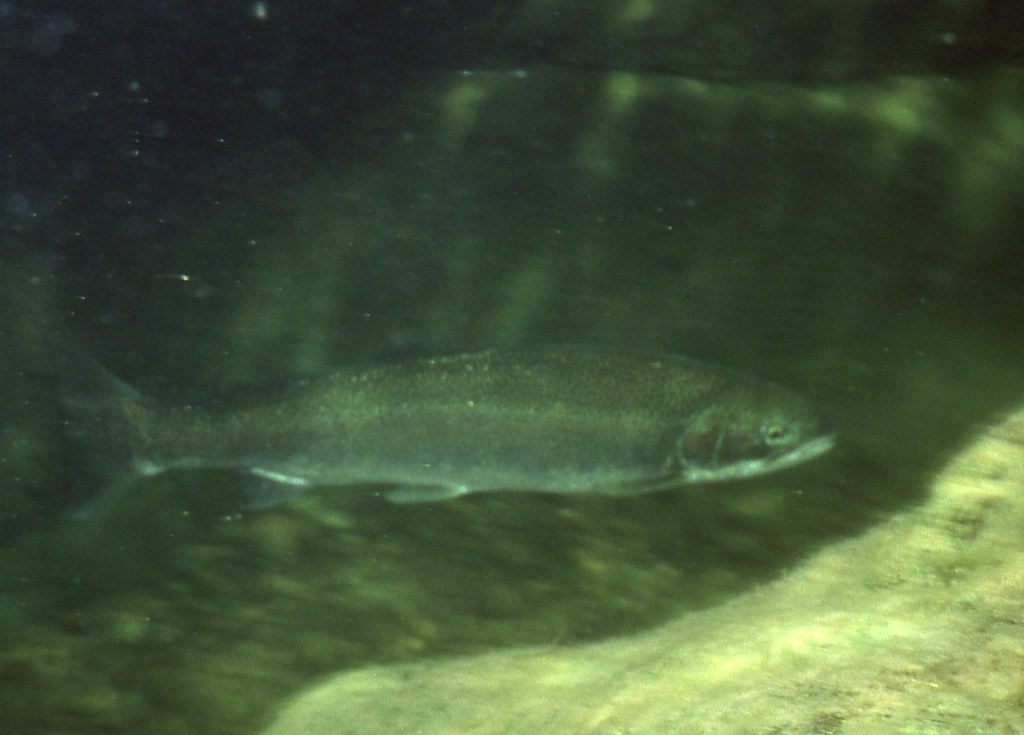|
|
Post by usdiver on Mar 5, 2019 12:21:21 GMT -8
I think this is the best regulator second stage ever developed! John +1 Love my SP Pilot. Special Shout out and thanks to Tony. Just last summer both myself and a friend were diving our Pilots together in an Ohio quarry. Looking forward to a Three-peat this year as another Pilot diver will hopefully be joining us. Long Live the Pilot, the best second stage ever! |
|
Deleted
Deleted Member
Posts: 0
|
Post by Deleted on Mar 7, 2019 9:41:09 GMT -8
Great post Tony. I spoke to Tony about the Pilot regulator about six years ago in the process of writing a book. He asked me to post what I wrote in a separate thread. You can read it here: vintagescuba.proboards.com/post/43150/thread |
|
|
|
Post by rtonyc on Mar 11, 2019 12:13:01 GMT -8
Missing photo in original post:  |
|
|
|
Post by SeaRat on Mar 24, 2019 14:51:44 GMT -8
I just got out of the pool this morning after trying out my newly-adjusted Scubapro Pilot/Mk VII combo, and it not only breathed superbly, but also without any of the annoying "popping" that I had before. I have three Mk VII first stages, and this one was a friends (Lynn Herbert) that he gave me; I understand from talking to Paul Schoresman at the Northwest Diving History Meeting yesterday that this first stage (first generation) was not originally mated to the Pilot, but that's okay, as I simply wanted a test platform for the second stage. WOW! What a nice-breathing regulator. In our meeting yesterday, another pioneer diver, Brent Budden, said that he nearly died while using a Pilot, but from a very unusual circumstance. He was making a professional dive in a cow pond to unplug a large pipe, and a large discharge from the pipe hit the Pilot just perfectly to lift up the diaphragm, and deposite a bunch of "stuff" (including pieces of hay) into the regulator. He tried to inhale, and only got cow $#%&* and "stuff." But he was only in about twenty feet of water, and made his way to the surface. He said he told himself, "Now, don't panic, you're only twenty feet away from air. Just swim over there and surface." And that's what he did. He did like his Pilot regulator. This would have happened with the A.I.R. I too, as they have the same basic design. Moral of the story, don't try diving a Pilot in a pipe containing...(well, maybe don't dive there at all).  Paul's brother, Keith, whom I worked with at Etec Systems, Inc., used to be a Pilot regulator technician, and he loved that regulator. He could tune it to a very high efficiency, apparently. Now, I really like my Pilot, and will be using it in open water later this spring. John |
|
|
|
Post by SeaRat on Mar 25, 2019 21:59:52 GMT -8
Here's some proof (though not very good photos) of my getting the Pilot into the water Sunday.  This was my first attempt. After seeing that the photo wasn't what I wanted, I tried again.  Here we go, with the pilot and my Sea Turtle-Dolphin Swimming Technique. Because I plan to work pretty hard in river currents, I will be using my Pilot more often this summer. I also found out that the Tualatin Hills Aquatics Center is no longer hosting a scuba time with the kayaks. As they explained it, they have no protocol for the lifeguards for rescue and recovery of a diver. They allowed me in to "test" my Pilot (and the Sportsways Sport Diver) regulators, but I briefed them on my equipment (which is much different than today's divers) and how to rescue me if the need arises, including showing them how to use the double D-ring quick release (on the cross-chest strap, and shoulder straps) and the Para-Sea BC hip attachments (pushbuttons). I also had a CO2 inflator in my Para-Sea BC, and showed them how to inflate it (apparently, these CO2 inflators are no longer used, even on snorkeling vests; we bought one for my wife, and it has no CO2 inflation capability). John |
|
|
|
Post by nikeajax on Mar 26, 2019 7:37:57 GMT -8
John, now that I see how the regulator is positioned, under he chin, I see now why a larger exhaust-tee wasn't made...  JB |
|
|
|
Post by SeaRat on Mar 26, 2019 9:48:50 GMT -8
John, now that I see how the regulator is positioned, under he chin, I see now why a larger exhaust-tee wasn't made...  JB JB, I have dived extensively for decades with the A.I.R. I, the successor of the Pilot, and now have a few dives with the Pilot. The regulator shape is really hydrodynamic, in that it sits on my chin, and won't move, even in very high current situations. I've been in Steamboat Creek, up on the upper regions of the North Umpqua River, in a deep hole, and come up to where the current comes into the hole. I could put my head right into the current, and the regulator would not move at all. The same goes for the Pilot. It is the best single hose design for current I have seen. I was looking at trout in the current, and was able to watch them easily and simply stay there, observing. Any other regulator would have tried to be pulled out of my mouth. Here's a photo of my A.I.R. I:  I used my A.I.R. I on the Winchester Dam Project, where we were documenting the loss of salmon to the dam's low-head hydro turbines. I was able to stick my mead into the current there, and watch the fish going into the turbines outflow.  This is a fish I pulled out of the turbine area, which had been inside the fish screens (which the Oregon Department of Fish and Wildlife had demanded be put into the project). Because of this kill, which happened a year after the fish screens were in place, ODFW shut down the project.  Here's a salmon I was observing in the current.  These were the professional divers who were helping place the fish screens. The Pilot/A.I.R. I design works wonderfully in the current. Also, it appears to me that the Pilot is a drier regulator than the A.I.R. I, which has a tendency to retain a small amount of water and to, in an extreme head-down position, push that water/air combo up into the divers throat. In my trial Sunday, the Pilot did not seem to do that, and the A.I.R. I defiantly does do that. John |
|
|
|
Post by SeaRat on May 31, 2019 22:48:53 GMT -8
I dove my Scubapro Pilot today:
|
|
|
|
Post by SeaRat on Jun 2, 2019 14:40:32 GMT -8
I need to add that, after thinking about Friday's dive, the Scubapro Pilot was a completely dry-breathing regulator. My A.I.R. 1 is not! The A.I.R. 1 retains a bit of water in the regulator, and when inverted breathing becomes very wet, with a mist coming out into my mouth and throat. I did not experience this at all with the Pilot regulator. I had my A.I.R. ! second stage on this regulator for this dive, but did not switch because I was contending with high current and a new float. I was going to do a direct comparison, but "forgot."  I was too busy trying to get back to my dropped bootie and putting the Pilot through its paces than to remember to get to the A.I.R. 1, as it was only for backup in case something went wrong with the Pilot, which didn't happen. John |
|
|
|
Post by SeaRat on Jun 10, 2019 12:48:17 GMT -8
Last Wednesday I was again out in the river, diving my Pilot regulator. John  Version 2 Version 2 by John Ratliff, on Flickr Here is a photo from last summer's diving in the Clackamas River of one of our crawdads, sans the little worms I discussed. I have a photo somewhere of them on the claws, but cannot currently find it.  IMG_2709 IMG_2709 by John Ratliff, on Flickr The plentiful freshwater sponge on the rocks at High Rocks (2018 photo). |
|
|
|
Post by morris75 on Aug 19, 2019 19:31:38 GMT -8
A search for rebuild help with a Pilot led me here, a very interesting and informative thread. Are the repair and service tips provided by Tony available? I am attempting to gather what information can be found before taking on the Pilot rebuild. Thanks!
|
|
|
|
Post by Seahuntjerry on Aug 19, 2019 19:52:19 GMT -8
Hi Tony,
I took the Scubapro repair class in 1978 which included Pilot regs,Pete Wolfinger taught it.
Dove one of my pilots 5 days ago at Gilboa quarry worked flawlessly and extremely smooth
Greg Barlowe and Mike England also own these.
Thanks for your articles You should be very proud!
Jerry Lang Nasds owi 1588 ssi 5927
|
|
|
|
Post by SeaRat on Aug 19, 2019 22:55:44 GMT -8
A search for rebuild help with a Pilot led me here, a very interesting and informative thread. Are the repair and service tips provided by Tony available? I am attempting to gather what information can be found before taking on the Pilot rebuild. Thanks! Tony actually posted the entire repair manual that he wrote, but for some reason it won't show now. We don't know why. Try sending Tony a PM (personal message) and maybe he can e-mail it to you. But he doesn't check this and e-mail too often now. John |
|
|
|
Post by morris75 on Aug 20, 2019 16:56:52 GMT -8
Thank you for the reply. I wonder if the manual presented by Tony is the "128 Pilot Second Stage Repair Procedures", which appears to have 12 steps per page and includes photo with each step? I found a couple very low resolution pages a couple years ago and have been chasing ever since. The elusiveness contributes to the Pilot aura I suppose, I feel fortunate to have found a Pilot in good original condition to use for this project.
|
|
|
|
Post by SeaRat on Aug 20, 2019 17:27:07 GMT -8
Thank you for the reply. I wonder if the manual presented by Tony is the "128 Pilot Second Stage Repair Procedures", which appears to have 12 steps per page and includes photo with each step? I found a couple very low resolution pages a couple years ago and have been chasing ever since. The elusiveness contributes to the Pilot aura I suppose, I feel fortunate to have found a Pilot in good original condition to use for this project. Yes, I saw it when it was still visible, and used it to tune my Pilot. I'm working on getting it back up, and may have to contact Flikr to figure out why it's not there now. I tried last night to figure out a way to get the links to show--unsuccessfully. Stay tuned... John PS, I. I just found this article, and it appears that Flickr has deleted these photos. I need to contact Tony and see whether he can either re-post them or send a PDF file of the manual we can give to people. time.com/5520636/flickr-delete-photos-export-save/The manual is back on page 1 of this thread! Enjoy, John |
|